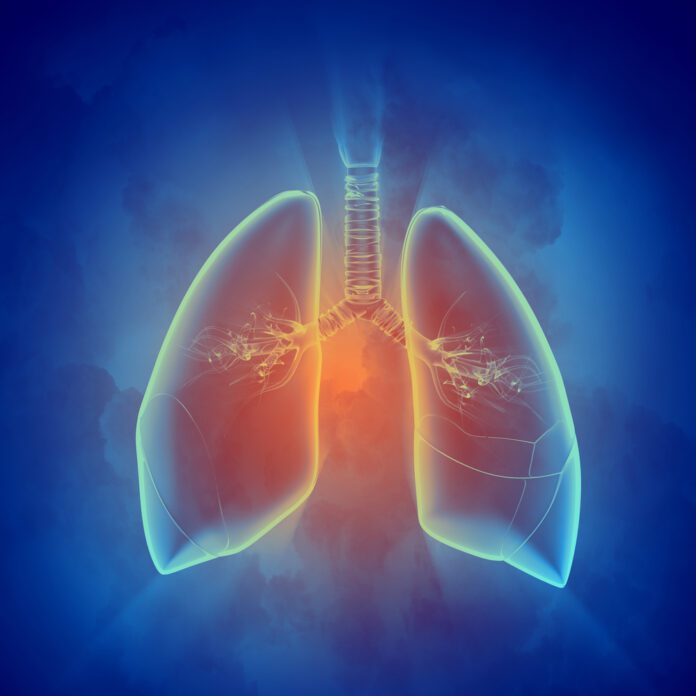Overview Of Pulmonary Nocardiosis
Pulmonary Nocardiosis is an infection of the lung with the bacteria, Nocardia asteroides.
Commonly Associated With
Nocardiosis – pulmonary; Mycetoma; Nocardia
Causes Of Pulmonary Nocardiosis
Nocardia infection develops when you breathe in (inhale) the bacteria. The infection causes pneumonia-like symptoms. The infection can spread to any part of the body.
People with a weak immune system are at high risk for nocardia infection.
This includes people who have:
- Been taking steroids or other medicines that weaken the immune system for a long time
- Cushing disease
- An organ transplant
- HIV/AIDS
- Lymphoma
Other people at risk include those with long-term (chronic) lung problems related to smoking, emphysema, or tuberculosis.
Symptoms Of Pulmonary Nocardiosis
Pulmonary nocardiosis mainly affects the lungs. But, it can also spread to other organs in the body.
Common symptoms may include:
ENTIRE BODY
- Fever (comes and goes)
- General ill feeling (malaise)
- Night sweats
GASTROINTESTINAL SYSTEM
- Nausea
- Liver and spleen swelling (hepatosplenomegaly)
- Loss of appetite
- Unintentional weight loss
- Vomiting
LUNGS AND AIRWAYS
- Breathing difficulty
- Chest pain not due to heart problems
- Coughing up blood or mucus
- Rapid breathing
- Shortness of breath
MUSCLES AND JOINTS
- Joint pain
NERVOUS SYSTEM
- Change in mental state
- Confusion
- Dizziness
- Headache
- Seizures
- Changes in vision
SKIN
- Skin rashes or lumps
- Skin sores (abscesses)
- Swollen lymph nodes
Exams & Tests
Your health care provider will examine you and listen to your lungs using a stethoscope. You may have abnormal lung sounds, called crackles.
Tests that may be done include:
- Bronchoalveolar lavage — fluid is sent for stain and culture, which is taken by bronchoscopy
- Chest x-ray
- CT or MRI scan of the chest
- Pleural fluid culture and stain
- Sputum stain and culture
Treatment Of Pulmonary Nocardiosis
The goal of treatment is to control the infection. Antibiotics are used, but it may take a while to get better. Your provider will tell you how long you need to take the medicines. This may be for up to a year.
Surgery may be needed to remove or drain infected areas.
Your provider may tell you to stop taking any medicines that weaken your immune system. Never stop taking any medicine before talking to your provider first.



